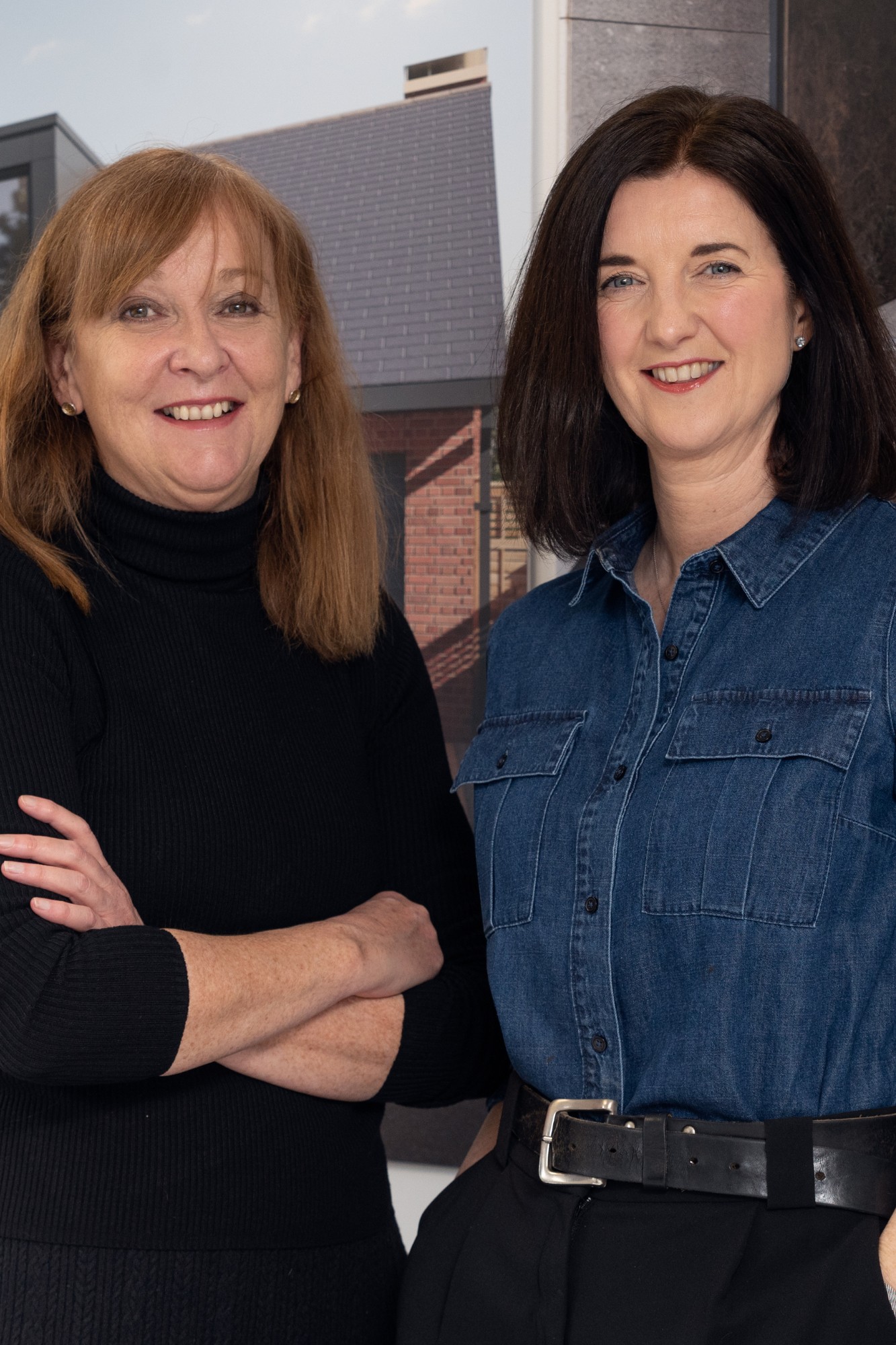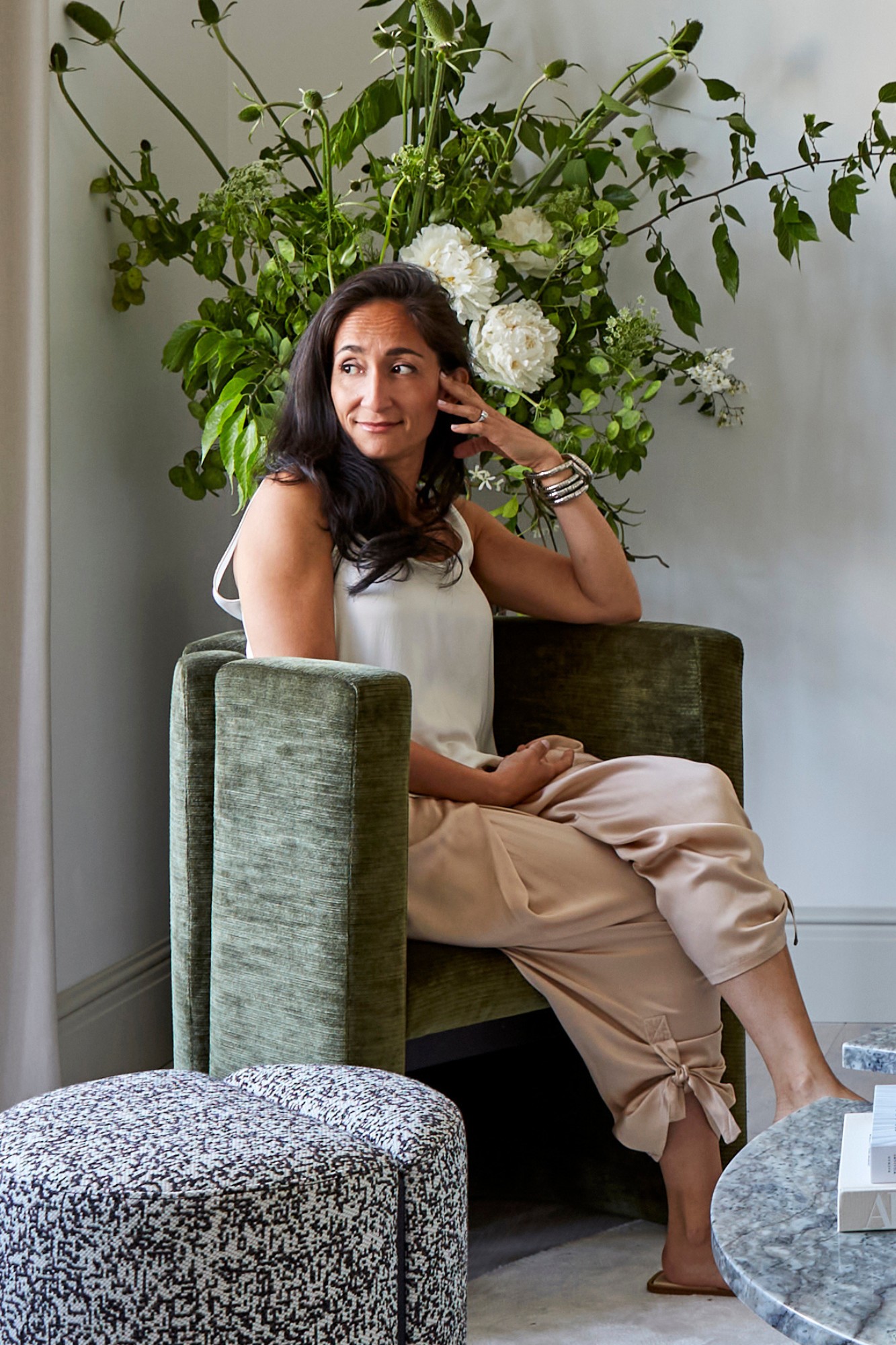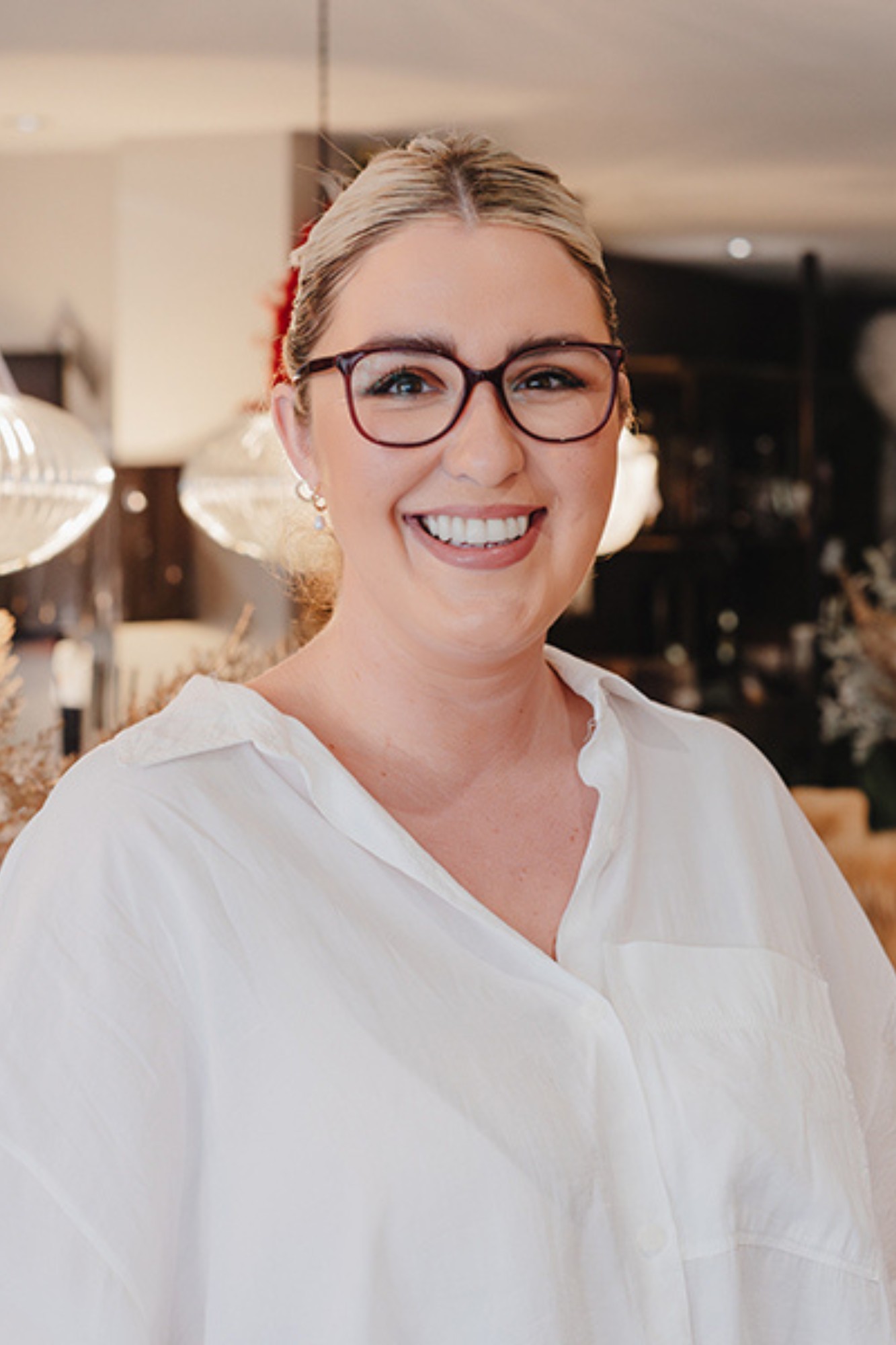This week’s instalment of the Project of the Week series features a natural, tree top villa design by 2023 SBID Awards Finalist, Kimble Roden Architects.
Kimble Roden were engaged to design 25 luxury holiday homes in an exceptional location. Hall Wood Forest, near Looe in Cornwall, is an ancient woodland with steep slopes and undulating ground conditions, requiring a very considered and sensitive approach. The solution was to create tree top villas on stilts, designed to become an intrinsic part of the landscape, promoting a relationship between the inhabitants and their natural surroundings whilst minimising their impact on the environment. The interiors of the villas are sympathetic to the external landscape, using timber panelling, natural stone and a palette that reflects the forest.






















































































